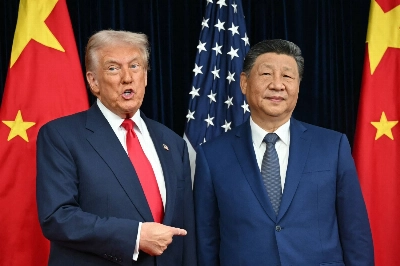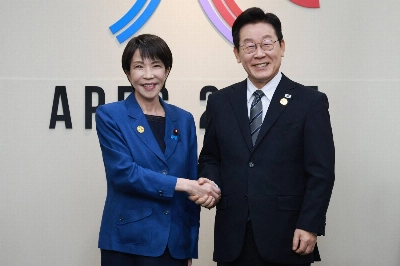The last two or three years of the 1990s will probably be long remembered in the minds of those in East Asia and around the globe as the Asian Economic and Currency Crisis. Has this crisis actually ended?
Projections of gross domestic product made by various international bodies all show that Asian nations will return to positive growth in 2000. Such indexes as inflation, trade balances, exchange rates and stock prices are also showing signs of improvement.
However, in a sense it is natural for almost any economic indicator to register a year-on-year increase when compared to the record-low levels logged in 1998 and 1999.
















With your current subscription plan you can comment on stories. However, before writing your first comment, please create a display name in the Profile section of your subscriber account page.